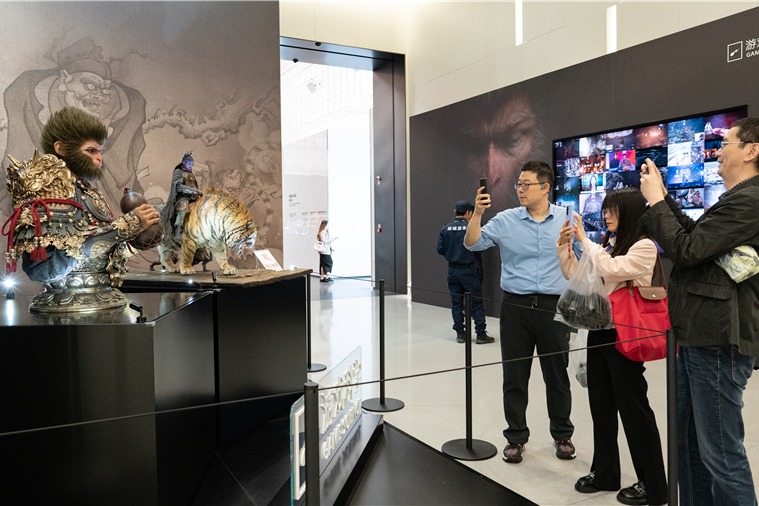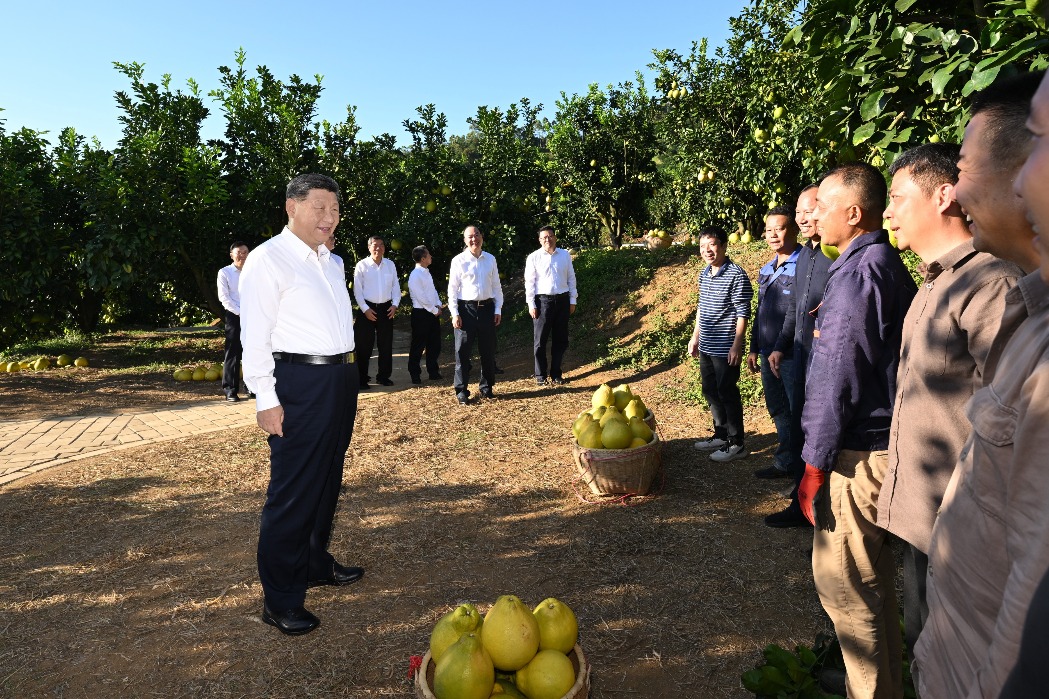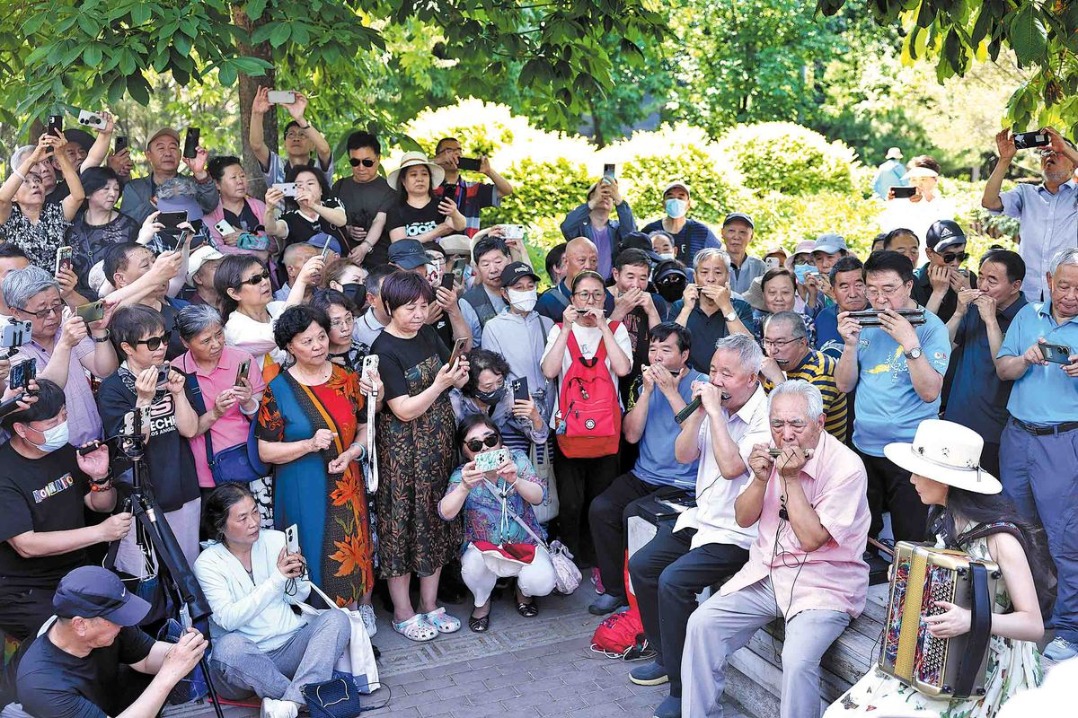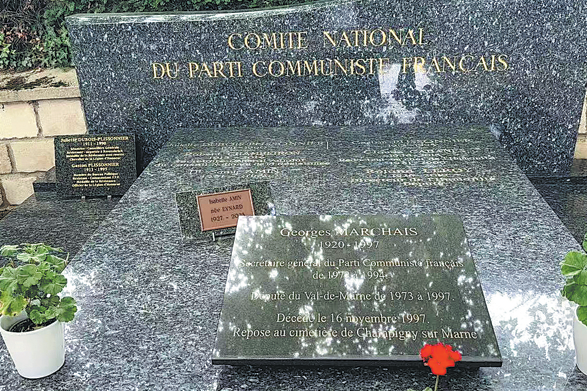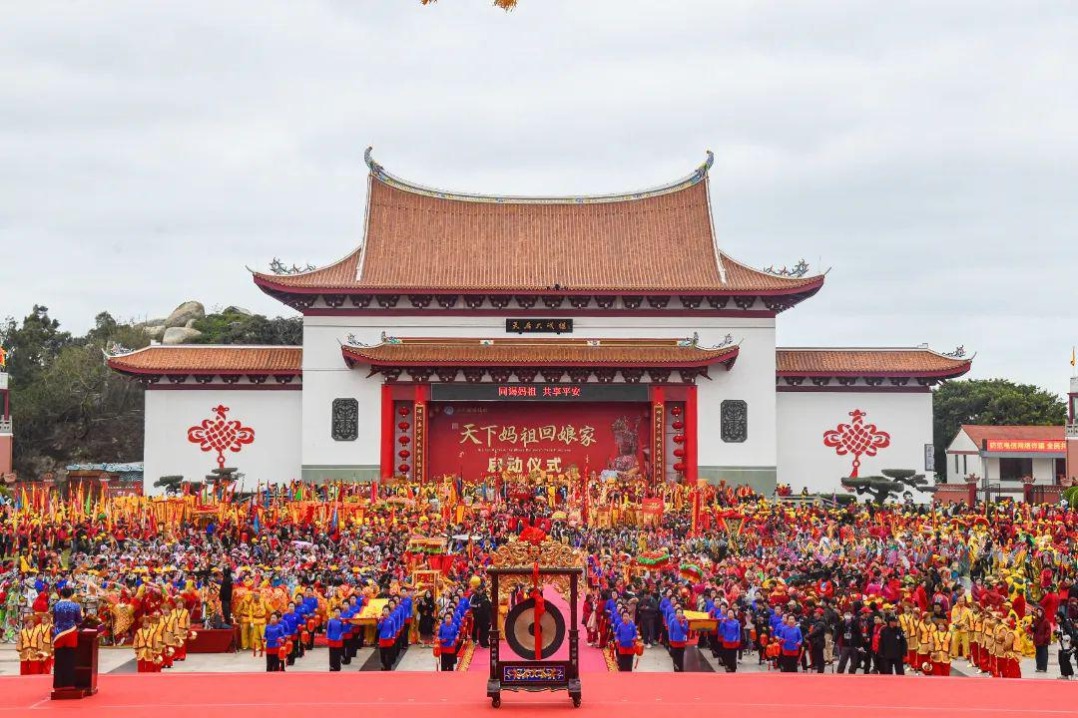Preservation a must for storehouse of heritage


Tianshui, Gansu province, is home to one of the largest and relatively well-preserved cluster of residential courtyards dating back to the Ming (1368-1644) and Qing (1644-1911) dynasties in the northwest region of China. In order to preserve these ancient structures, from 2015 to 2021, Tianshui has allocated more than 888 million yuan ($122.49 million).
Earlier reports showed some restaurants were opened in these ancient courtyard premises. Latest reports show that some are now being closed down.
The incident highlights common problems encountered in the protection and development of historical sites. While it's common to see a part of historical premises being used for commercial purposes to compensate for inadequate financial investments in cultural heritage preservation, the challenge lies in striking a balance between heritage protection and commercialization.
For example, in the aforementioned case, one needs to probe the circumstances under which the authorities allowed 29 cultural heritage units in Tianshui to open commercial units.
The key to developing cultural heritage sites lies in maintaining a reasonable balance between protection and exploitation. This requires encouraging and supporting social forces to participate in cultural heritage preservation, historical preservation, tourism and cultural development through social public welfare funds, full funding, and cooperation with the government.
Places like Quwo county in Shanxi, Yixian county in Anhui, and Jinhua in Zhejiang have experimented with allowing private individuals to "adopt" cultural heritage sites. The results have been varied, but it is worth reviewing and summarizing the experience for replication elsewhere.
Given its abundant cultural heritage resources, China should also be a leader in cultural heritage preservation. Involving social forces to strengthen grassroots cultural heritage preservation capabilities is a necessary experiment to expand the path of cultural heritage protection. To some extent, exploring the participation of social forces in cultural heritage preservation and establishing sustainable mechanisms is also a way of preserving history.



















